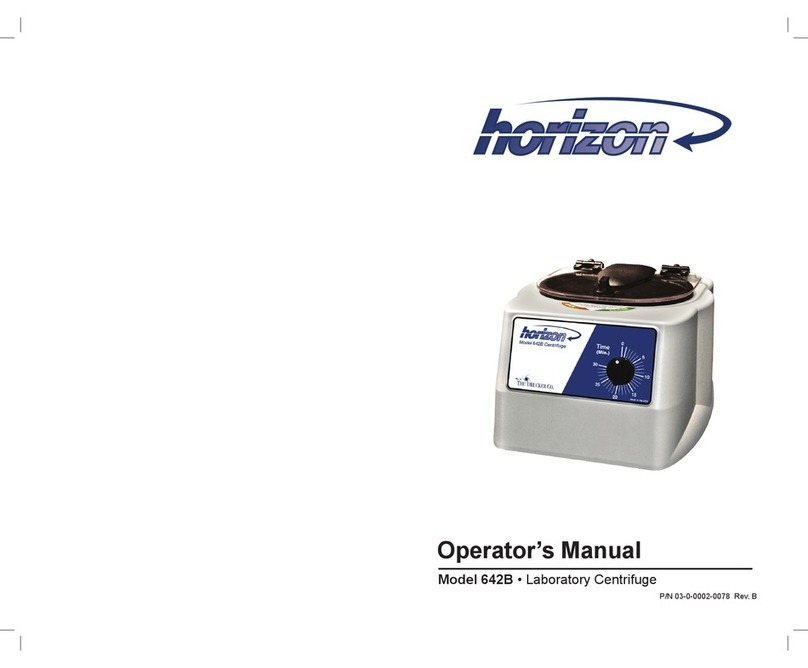FAQ
1. What is a salt water fuel cell? How does it work?
This kind of fuel cell works with air and with a plate made with magnesium. The electricity is generated
by two chemical reactions which occur at two different places within the cell. At the plate, also called the
‘anode’, the water reacts with the magnesium and creates hydrogen ions (protons), magnesium
hydroxide and generates two free electrons. On the other part of the cell (the ‘cathode’), the oxygen
contained in the air passes through the cell walls and reacts with the water, creating hydroxide ions.
This reaction is possible only if there are additional electrons. So, during the reaction, the free protons
generated on the anode are attracted by the cathode because of the potential difference. If the cell is
linked to an electrical circuit, the free electrons will pass through it in order to reach the cathode and let
the second reaction happen. You can find the two half redox equations below.
Mg + 2H2O → Mg(OH)2 + 2H + 2e-
1/2 O2 + H2O + 2e- → 2OH
2Mg + O2 + H2O → Mg(OH)2
The salt in the water is used as a catalyst. In other words, the salt accelerates the reaction between Mg
and water.
2. Is it possible to increase the output of the salt water fuel cell? And if so, then how?
Yes. It is possible to increase the output of the salt water fuel cell. You could increase the anode and
cathode size to increase the output power. You could try to increase the salt water solution temperature
or you could increase the salt concentration to get a higher fuel cell output.
3. What is the optimum salt solution concentration for generating power?
You can do experiment 2 – try out different salt concentrations to find the answer.
4. What is the anode metal plate made of?
The metal plate is made of magnesium (Mg).
5. What are the specifications for the fuel cell?
Normally the output voltage is 1.2V and the current is 200mA.
6. Where can I buy more magnesium plates?
We
can
provide
magnesium
plates.
Please
contact
[email protected] for
more
information.
7. Are there any other energy related educational products? Where can I buy them?
We provide many types of energy education products. They are related to solar power, hydrogen power,
chemical power, mechanical power, wind power, thermal power etc. For more sales information, please
8. How to optimize fuel cell performance?
After each use, clean the fuel cell using clean water. Ensure there is no remaining salt inside. Store the
anode plate and salt water tank separately in a clean dry place.
9. What are the white particles on the anode metal plate?
They are the magnesium hydroxide and sodium chloride – a result of the reaction between the salt
water and the magnesium plate.
www.horizonfuelcell.com
TROUBLESHOOTING
I put the anode plate into the tank but there is no electricity being generated.
Solutions:
1. Make sure all the connections are in place.
2. Try to clean the magnesium plate. If it still does not work, clean the metal parts.
3. Exchange the magnesium plate for a new one.
4. Make sure there is some salt water solution in the salt water tank.
For more information
+
-
5 6
Importer:
Horizon Fuel Cell Europe s r. o.
Národní 416/37, 110 00, Prague 1, Czech Republic
Phone: +420 222 530 490
Manufacturer:
Jiangsu Horizon New Energy Technologies Ltd.
3th Floor, Block C, No.9 Guangdong Road, Zhangjiagang Free Trade Zone,
Jiangsu Province, China
www.horizonfuelcell.com





























